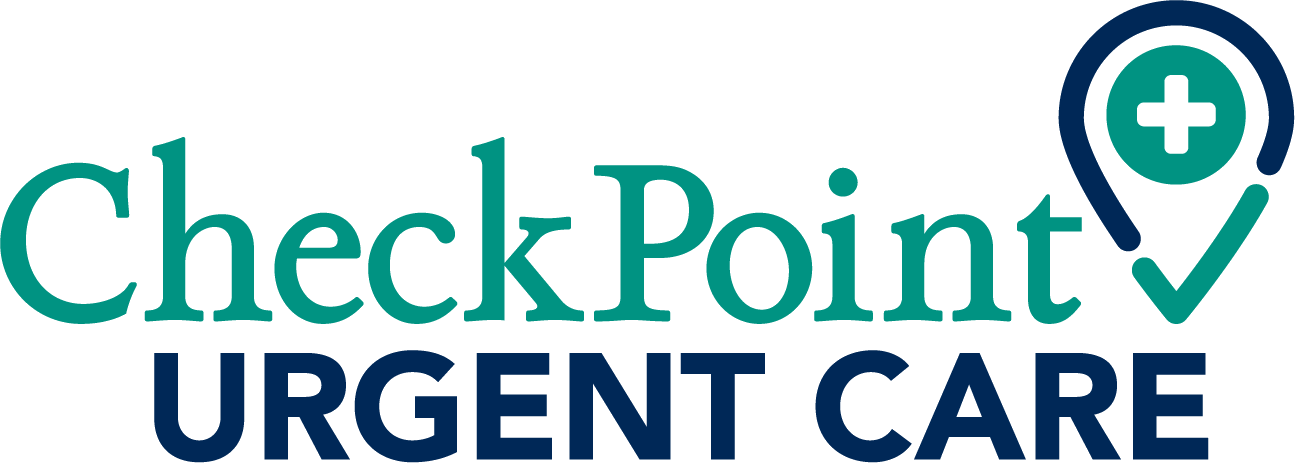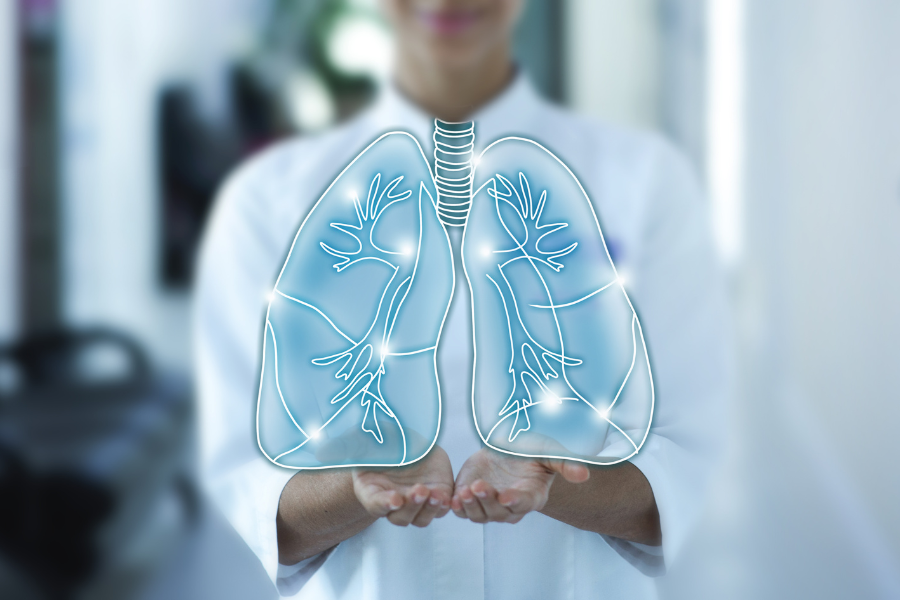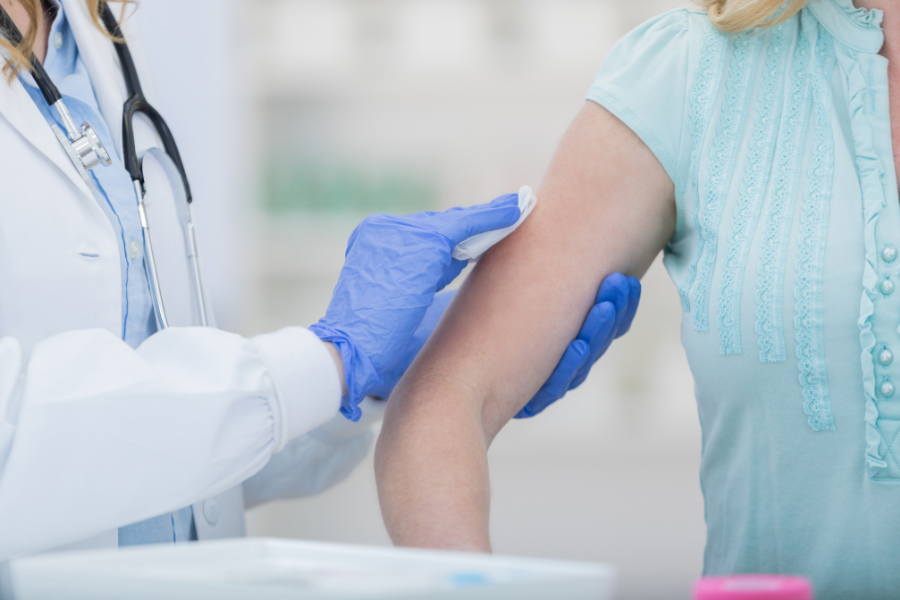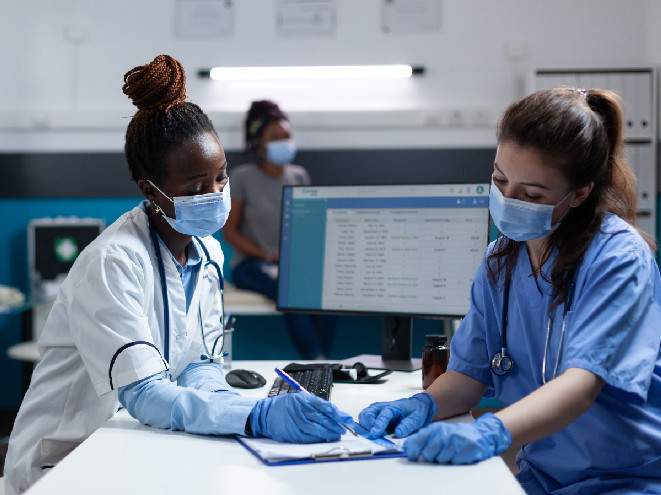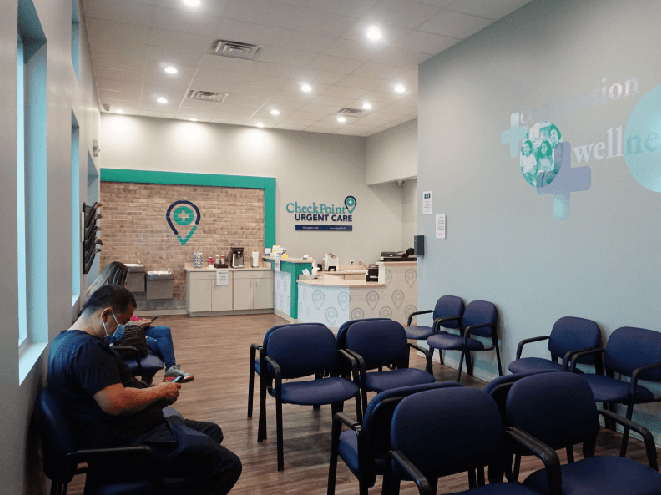National Health Observances (NHOs) are days, weeks, and even months dedicated to bringing awareness to various health topics, diseases, and conditions. For example, January is Cervical Health Awareness Month, National Poison Prevention Week is in March, and the last day of February is reserved for Rare Disease Day.
What is Rare Disease Day?
Rare Disease Day is dedicated to raising awareness about rare diseases, encouraging researchers to do more to look into the causes and cures for these diseases, and persuading decision-makers to address the needs of people living with rare diseases.
The European Organization for Rare Diseases founded the first Rare Disease Day on February 29, 2008. This date was chosen since it occurs every four years and is considered rare. Since then, Rare Disease Day has been celebrated worldwide on the last day of February. The colors are blue, green, and pink.
How You Can be Involved in Rare Disease Day
There are numerous ways you can be involved in Rare Disease Day.
- Share information on social media on Rare Disease Day (and throughout the year) to educate others about rare diseases.
- If any Rare Disease Day events are happening near you, consider volunteering to help with one. If there aren’t any events nearby, consider starting your own.
- Encourage the research of rare diseases. Rare diseases are often misdiagnosed or have delayed diagnoses because of the lack of information and knowledge surrounding many of these diseases and conditions.
- Share your story if you or someone you know has been affected by a rare disease.
What is a Rare Disease?
A disease is considered rare when it affects less than 2,000 people. There are several rare diseases (over 6,000), so approximately 300 million people in the world live with a rare disease. Symptoms of rare diseases vary by condition. Some symptoms of rare diseases are symptoms of common conditions, and many rare diseases are misdiagnosed in the beginning and go untreated.
Some examples of rare diseases include
- Alkaptonuria- the body can’t properly break down amino acids
- Cystic Fibrosis- a genetic disorder that affects breathing
- Guillain-Barre Syndrome- the immune system attacks the nervous system
- Tay-Sachs Disease- the body lacks the enzyme that breaks down gangliosides, and they destroy the nerves in the brain and spinal cord.
Here are a few more fast facts to know about rare diseases:
- 1 in 10 people in the U.S. has a rare disease
- 80 percent of rare diseases are genetic
- Approximately 1 out of 5 cancers are rare
- All pediatric cancers are rare
- Around 50 percent of rare diseases affect children
- 95 percent of rare diseases don’t have an FDA-approved treatment
CheckPoint Urgent Care is Here For You
If you have any symptoms that you’re concerned about or just need a regular checkup, CheckPoint Urgent Care is here to help. Contact us today!
